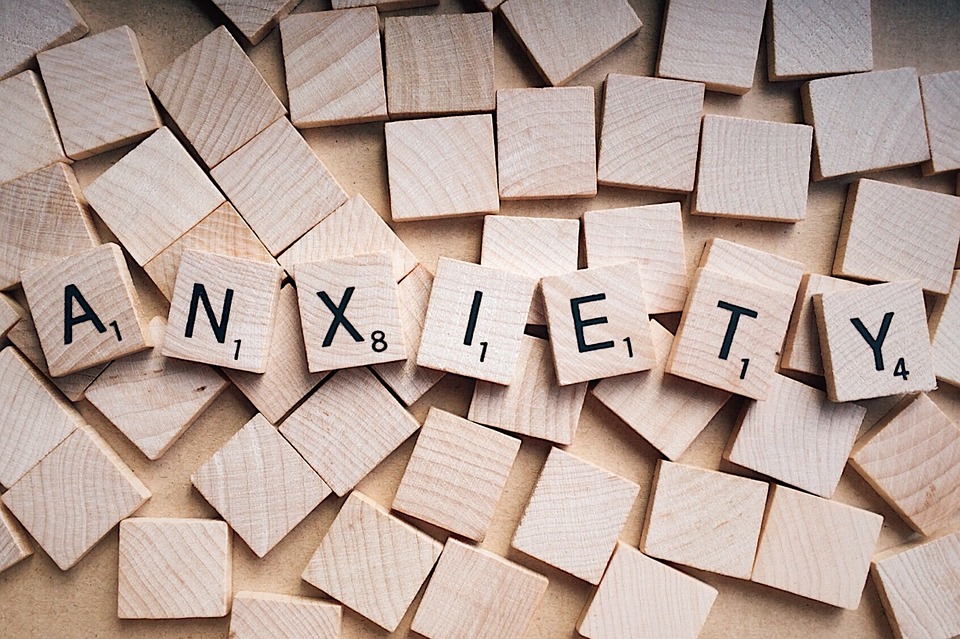Everyone experiences feelings of anxiety at one time or another. It’s common to be nervous for a job interview or to struggle with a particular fear. However, the difference between these common emotions and an anxiety disorder is the persistence of the anxious feelings. For a person with an anxiety disorder, these thoughts and emotions don’t go away; rather, they amplify over time. Often the level of anxiety becomes debilitating and can interfere with a person’s ability to carry out daily tasks.
Anxiety disorders are extreme, but not necessarily rare. Studies have revealed that every year, in the United States, around 40 million individuals struggle with an anxiety disorder. There are many different classifications, or types, of anxiety disorders which can be described by three categories.
Generalized Anxiety Disorder
One of the most commonly experienced anxiety disorders is “Generalized Anxiety Disorder.” The diagnosis of General Anxiety Disorder is based on the length and persistence of anxious feelings. There is no certain focus for the anxiety, it can be anything from a thought of possible disaster to anxiety over work or health. Even just the idea of trying to make it through the day can be a source for anxiety. However, no matter the focus of the anxious thoughts, if they persist for a majority of the days during a six month period, the patient may be diagnosis with Generalized Anxiety Disorder.
Often, for a person with Generalized Anxiety Disorder, the effects affect multiple areas of life. Social interactions can become difficult and even the ability to complete tasks can be negatively impacted. Physical ailments such as stomach aches, difficulty sleeping and muscle tension can be associated with Generalized Anxiety Disorder.
Panic Disorder
Panic Disorder is another common type of anxiety disorder. With Panic Disorder, a person often experiences recurring panic attacks that are onset without warning. The Mayo Clinic describes a panic attack as a, “sudden episode of intense fear that triggers severe physical reactions when there is no real danger or apparent cause.” For a person with a Panic Disorder, these panic attacks not only happen often, but create an ongoing fear of experiencing one again unexpectedly. Not knowing where or when a panic attack will be triggered can be the hardest part of having a Panic Disorder.
The exact cause of Panic Disorder is still unknown. However, studies have revealed several factors that may make a person more prone to panic attacks and Panic Disorder. These factors include: high stress levels, a temperament prone to negative emotions, genetics and changes in the brain.
Phobia-related Disorders
Phobia-related disorders belong in a category of anxiety disorders based on specific phobias. However, everyone who experiences a phobia-related disorder, no matter the type, faces an amplified fear in association with a specific object or situation. The list of Phobia-related Disorders includes: Specific Phobias (such as heights), Social Anxiety Disorder, Agoraphobia (fear associated with specific situations), and Separation Anxiety Disorder.
Dealing with any form of Anxiety Disorder can be a difficult. However, there are several types of treatment that can help reduce the effects of an Anxiety Disorder. Therefore, It is a good idea to connect with a doctor to discuss signs or symptoms that may be related to an Anxiety Disorder.
Resources
- Anxiety Disorders. (n.d.). Retrieved from https://www.nimh.nih.gov/health/topics/anxiety-disorders/index.shtml
- Generalized Anxiety Disorder (GAD). (n.d.). Retrieved from https://adaa.org/understanding-anxiety/generalized-anxiety-disorder-gad
- Panic attacks and panic disorder. (2018, May 04). Retrieved from https://www.mayoclinic.org/diseases-conditions/panic-attacks/symptoms-causes/syc-20376021
- Understand the Facts. (n.d.). Retrieved from https://adaa.org/understanding-anxiety






